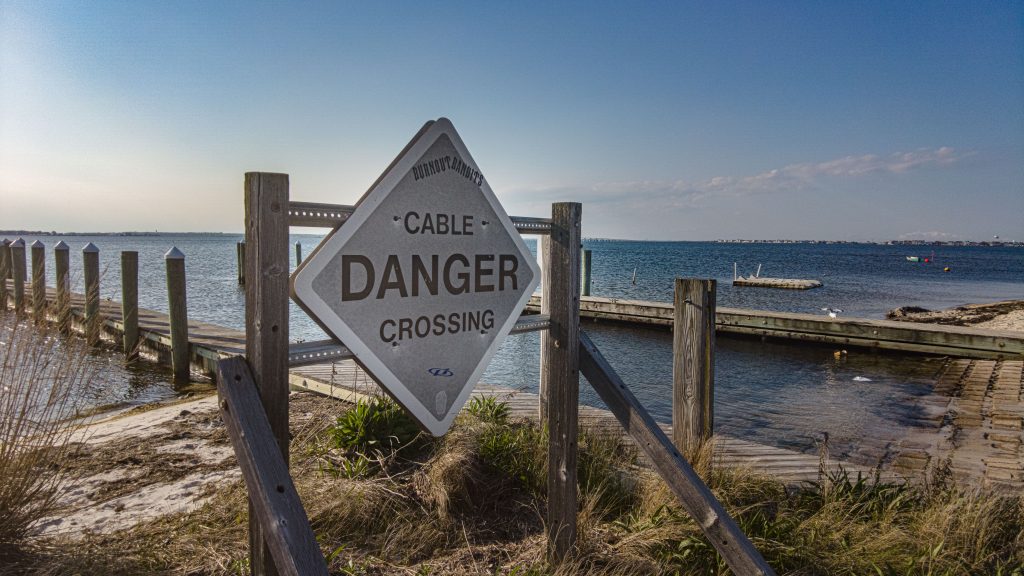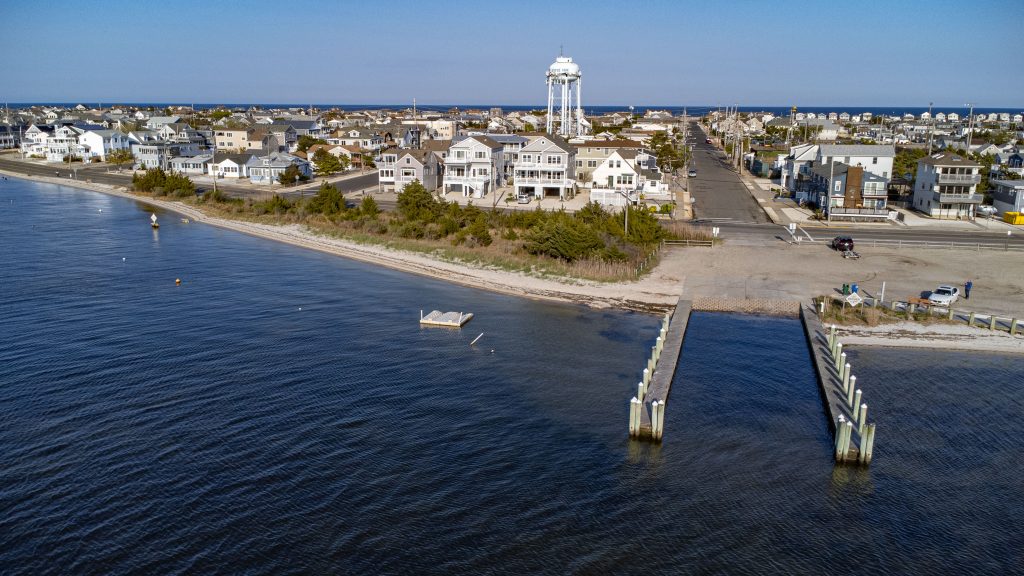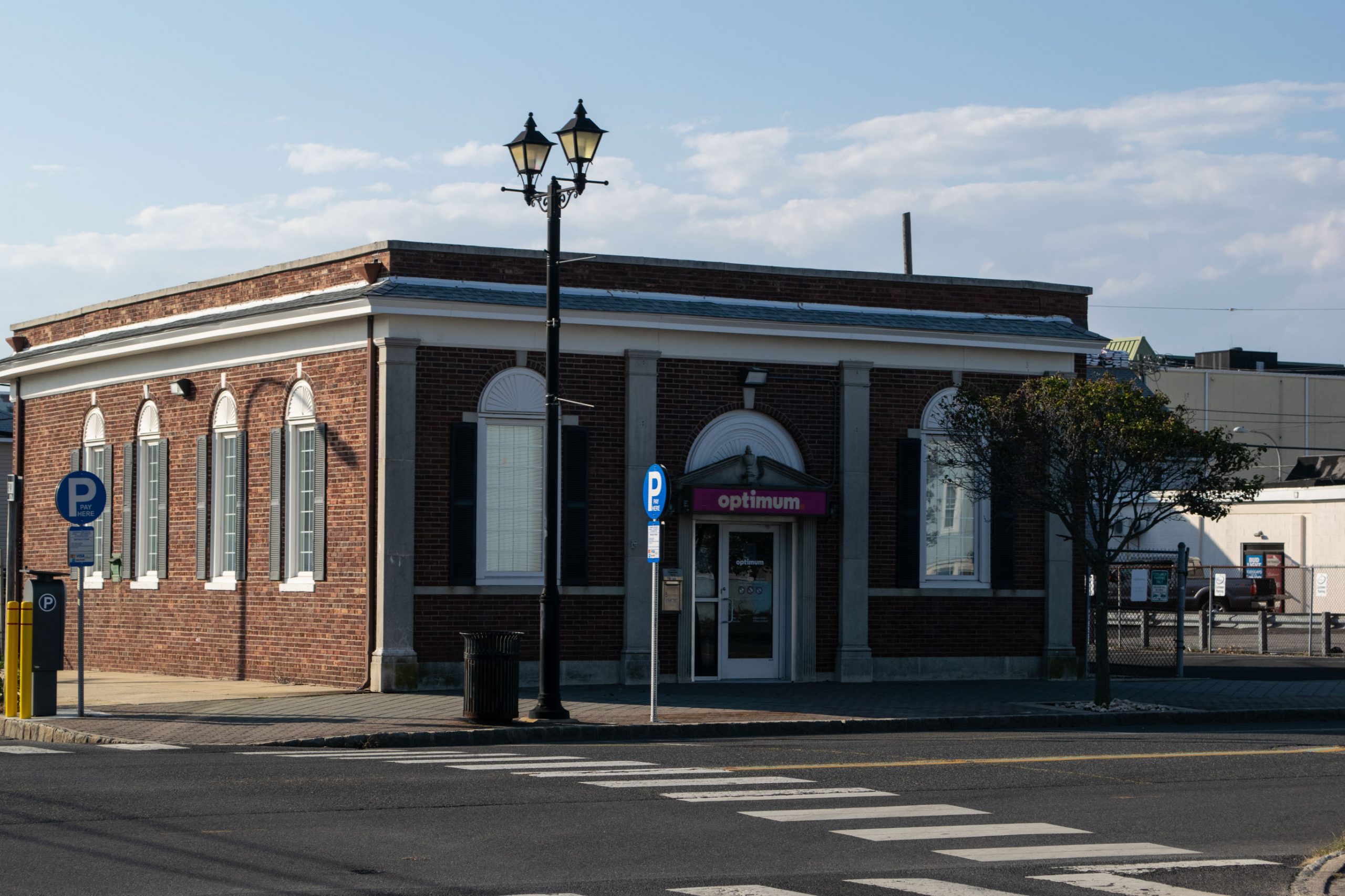Seaside Park officials have authorized an engineering firm to look into solutions for a nagging shoaling issue near the 13th Avenue boat ramp and the adjacent pier, Mayor John Peterson said, following some complaints received from boaters during a recent low tide cycle amidst concerns over anticipated JCP&L electrical cabling work pending for the same area.
The borough council, at its last meeting, authorized CME Associates, an engineering firm, to perform research, design a plan of action and obtain permits to perform maintenance dredging at the boat ramp, which has become one of the most popular in the area due to its width as well as its location near Island Beach State Park and Barnegat Inlet. During a recent two-day period where tides were running abnormally low, the shoaling off the ramp caused issues for some boaters who were launching and retrieving larger vessels since the depth of the water was insufficient.
Meanwhile, in the same area, borough officials are mindful that a proposal from electrical utility JCP&L would reactivate an old submarine cable that lands ashore near the pier as part of a plan to shore up the area’s power grid.
“What has occurred is an accumulation of sand within the confines of what you’d call the side bulkhead – the side of the ramp itself – to such an extent where it’s causing problems launching boats, getting them out of the water and the like,” said Peterson, describing the issue to his colleagues on the borough council. “CME did a significant amount of work and mapping already.”
Since the two-day period in late June, there generally has been a sufficient amount of water and the ramp remains open, though officials acknowledge the shoaling issue needs to be resolved. A hurdle, however, is expected to be New Jersey’s notoriously stringent laws on dredging, which require costly permits to remove sand – even clean sand that does not pose an environmental threat – and place it in another area. The borough also does not own the equipment required to dig out the shoaled-over area of sand.
“We don’t have a long-stick excavator, which is the only piece that can clean it out,” said Peterson. “So we would have to rent one, and there are issues renting them with salt water and companies not wanting to do it.”

A cable crossing sign remains at the site of a de-energized transmission line in Seaside Park which is planned to be replaced in 2023. (Photo: Shorebeat)
All of the issues will be considered by the borough’s engineer, Mark Rohmeyer, under a $20,450 contract awarded to his firm, CME Associates. The contract was awarded with unanimous support from the council.
“My theory was to get what we can from the land side, and as the waves keep bringing it in, we keep removing it,” said Councilman Marty Wilk. “There is much to do, but it is also a tide issue. [The ramp] was re-done in 2011 and has not been touched since then.”
When the ramp was built, he said, engineers created a dam of sorts, blocking water from entering the area within about 50 feet and removing the water inside the containment zone so the sloped concrete and matting of the ramp could be installed. An approximately 90-foot-long area was cleaned out for the ramp to extend into the bay.
“Closing the ramp, damming it up and rebuilding it would be quite a big project,” he said, suggesting a short-term fix could involve simply removing the sand that has collected with an excavator or even – in the most dire of cases – shovels.
“It’s sand, some silt and seaweed, everything,” said Wilk.
The boat ramp has grown to become one of the most popular in the area, with a heavy presence of both borough residents and boaters from nearby island and mainland communities using it. Last year, the ramp generated $39,714 in revenue for the borough.
“Without spending a dime for the last 12 years, we’ve at least made $150,000, so I look at it that way,” said Councilman Ray Amabile, signalling support for maintaining the active ramp.
Peterson said since the contract was awarded to CME about two weeks ago, no physical work on the project has commenced. The borough is acting cautiously due to state permitting laws that the engineering firm will vet before any improve contracts are solicited or before borough employees are tasked with performing the work itself.
Peterson said the state Department of Environmental Protection has, in many cases locally, allowed sand that is clean and simply removed from the bay floor to dry out and be utilized for a beneficial use nearby. In Brick Township, for example, sand dredged from a lagoon was used to replenish the township’s public beach at Windward Beach Park, and a pending maintenance dredging project at that town’s marina will be used by the state as part of a marsh restoration project.
In Seaside Park, the sand could be used similarly along the bayfront as well as in an area where bay water has eroded a portion of the same property on the south side of the pier near a small kayak launch area.
“We authorized it in a phased-in process, and the first phase is reaching out to DEP and seeing what kind of permit, if any, would be necessary,” said Peterson. “We’re cautiously optimistic that the DEP would give it the better characterization of the sand having a beneficial use.”
If the state does not agree, Seaside Park may have to complete a more complicated permitting process that would include a de-watering plan and a license to place the sand somewhere else for disposal.
In the mean time, the mayor said, the boat ramp remains open and the complaints from boaters have dwindled since there have not been any more days during which tides were blown out or unusually low.
“It is usable,” he said. “Where the complaints arose – that particular two-day stretch – was characterized as having unusually low tide events. The very end is a little frustrating because you can almost dig it out by hand, and it’s a little tough for boaters to negotiate.”

Advertisement

Police, Fire & Courts
Police Investigating Possible Shots Fired in Seaside Heights

Police, Fire & Courts
Cops: Juvenile Arrested After 118mph Joy Ride in Seaside Heights, Toms River Kills 2

Seaside Heights & Seaside Park
Seaside Heights Mourns Passing of Boardwalk Legend, Still Working Into His 90s










